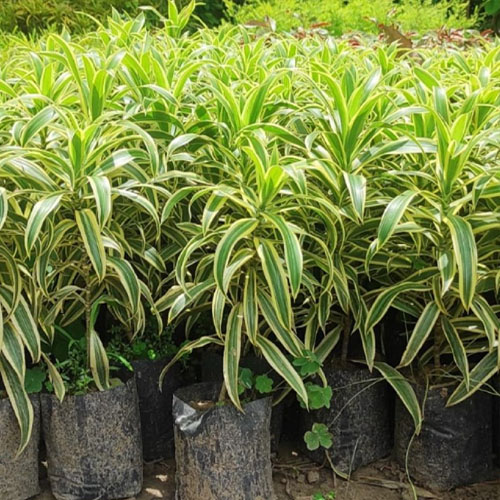Son Of India Plants
The term "Son of India" might be a local or colloquial name for a plant, but it’s not a widely recognized name in botanical literature. However, there are a few plants that might match this description, either by their name or characteristics:
Possibilities for "Son of India":
-
Ficus Microcarpa (Indian Laurel or Chinese Banyan):
- Appearance: Often used as a bonsai, this plant has dense, glossy foliage and can be shaped into various forms.
- Care: Prefers bright, indirect light and well-draining soil. Regular watering is needed, but avoid waterlogging.
-
Areca Palm (Dypsis lutescens):
- Appearance: Known as the Butterfly Palm, this plant has feathery, arching fronds. It's a common indoor plant with a tropical look.
- Care: Thrives in bright, indirect light and prefers consistently moist soil.
-
Indian Curry Leaf Plant (Murraya koenigii):
- Appearance: This plant is known for its aromatic leaves used in Indian cooking. It has small, glossy, pinnate leaves.
- Care: Requires full sun to partial shade and well-draining soil. Regular watering is needed, but avoid waterlogging.
-
Indian Basil (Ocimum sanctum, also known as Tulsi):
- Appearance: An important herb in Indian cuisine and medicine, it has aromatic leaves that vary from green to purple.
- Care: Prefers full sun and well-draining soil. Regular watering and occasional fertilization help maintain its health.
-
Hibiscus (Hibiscus rosa-sinensis):
- Appearance: The Hibiscus plant produces large, colorful flowers in shades of red, pink, yellow, and white.
- Care: Prefers full sun and well-draining soil. Regular watering and feeding during the growing season support blooming.
-
Indian Almond Tree (Terminalia catappa):
- Appearance: Known for its large, broad leaves and distinctive almond-like fruit. It's commonly found in tropical regions.
- Care: Requires full sun and well-draining soil. It’s a hardy tree that can tolerate a range of conditions.
If you have more context or specific characteristics about the plant you're referring to, please let me know, and I can provide more accurate information!


